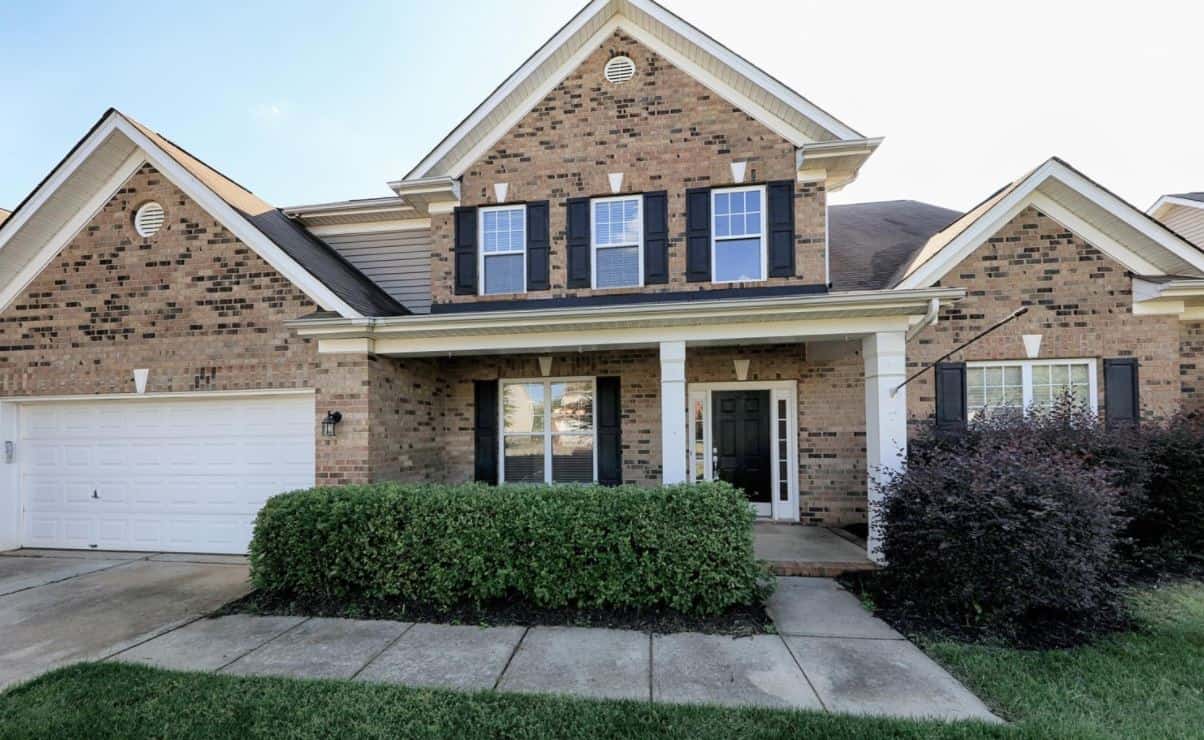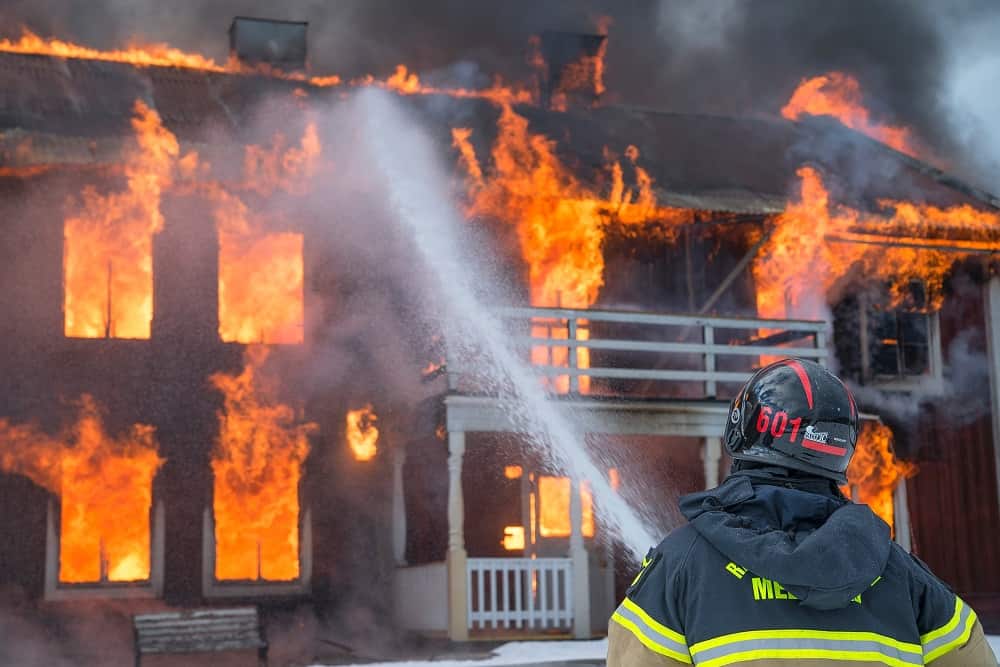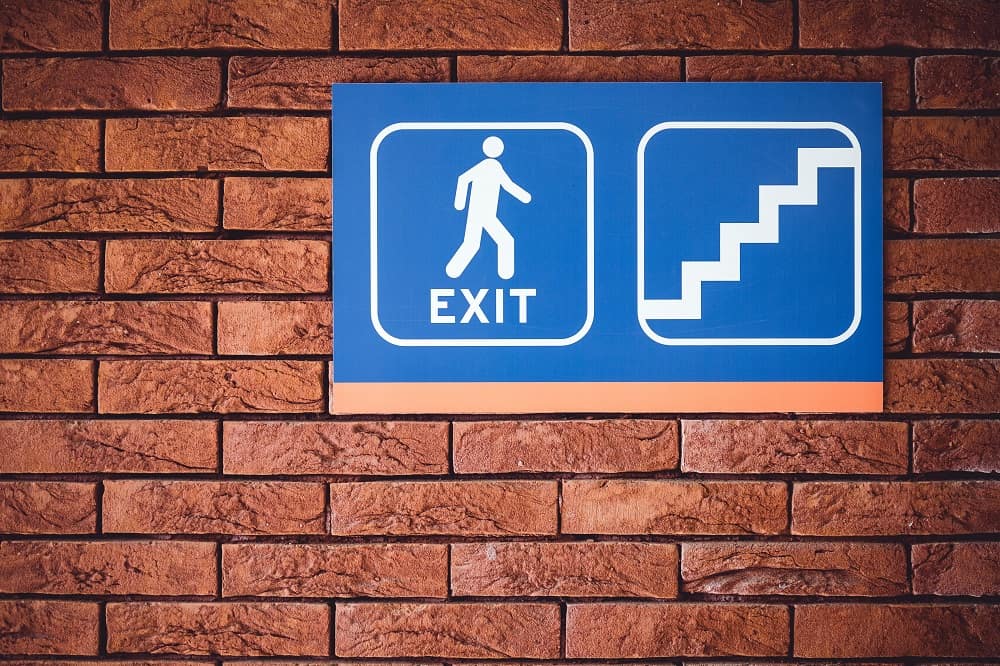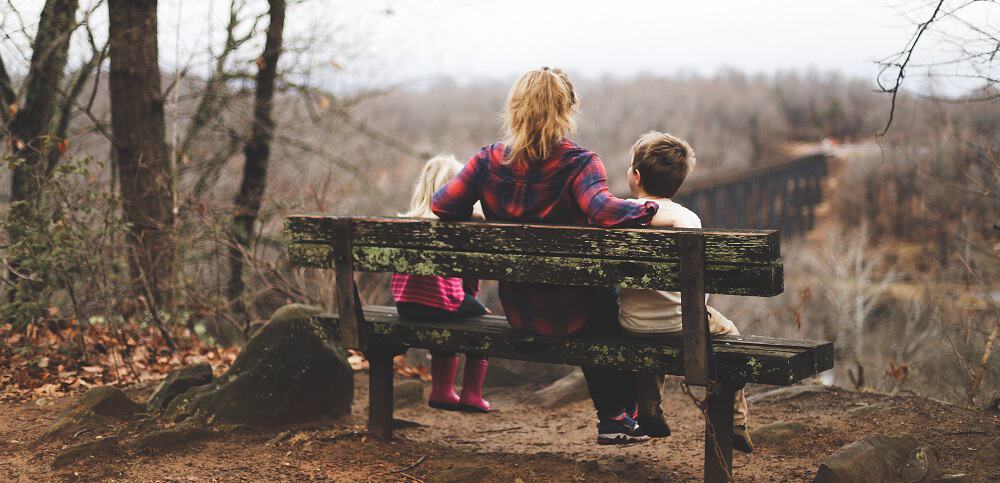
Expecting the unexpected has become a norm of modern society. Anything can happen anywhere and at anytime. Most people still find sanctuary in their own home and would rather not think about danger following them there. Unfortunately, home emergencies can also happen to anyone at anytime. Having a plan and knowing what to do in the event of an emergency can help minimize the negative impact it can have on your family.
Location is Key
Depending on where you live, potential hazards can vary greatly. Knowing which emergencies are most likely to occur in your area can help your family create an effective plan and increase their preparedness for most situations. While risks for things like a house fire vary based on the age of the home and the basic safety knowledge of the family members that live there, wildfires and other natural disasters depend more on geography.
Some potential types of emergencies to consider include:
Floods/Flash Floods: The major difference between a flood and a flash flood is the amount of time available to react. Often, flash floods happen when a dam or levee breaks unexpectedly, sending a large volume of water downstream very quickly without warning. Floods in general do extensive damage to property, and often pose health risks during and after the event.
Earthquakes/Tsunamis: In recent years, earthquakes seem to have increased in both frequency and location. While tsunamis are still reserved for coastal regions, these warnings seem to go hand in hand with earthquakes in many locations. Fracking is also thought to have increased the number of induced earthquakes in recent years, leading some countries to outlaw the practice altogether.
Volcanic Eruptions: While these are mainly thought to occur in island nations, there are many continental volcanoes that have erupted, or might potentially in our lifetime. Even if you aren’t near a volcano, you may not be immune to the disruptive consequences of an eruption.
Tornados: While tornado alley represents the most frequent locations for tornadoes to occur, there is no question that climate change has created some unpredictable weather patterns resulting in tornados spinning in unusual locations. Understanding what types of storms may result in the hook echoes that help predict tornadic potential have become important no matter where you live.
Hurricanes/Typhoons/Tropical Storms: These storms are nothing unusual in coastal regions around the globe, but they have been increasing in severity and frequency. Unfortunately, hurricanes and typhoons can lead to additional types of disasters such as tornados and flooding.
Wildfires: This type of natural disaster is often the result of human error, but occurs most frequently in regions experiencing severe drought. Like any type of fire, education is an important part of prevention.
Electrical/House Fires: These differ from wildfires in that it is usually the occupant’s error that results in the fire. Fires happen frequently around the holidays and during winter months when extra lighting, candles, and temporary heat sources are used in the home. Unattended candles or cooktops can result in a fire any time of year.

Blizzards/Ground Blizzards: The biggest risk caused by a blizzard and ground blizzards are health-related consequences from exposure to cold weather. This might mean getting stranded on a roadway or having power knocked out to your home, both of which can result in frostbite or even death
Blackouts/Brownouts: Electrical outages can occur as a result of almost any natural disaster, but have become more frequent during extremely hot summer months when cooling systems tax the electrical grid. In most cases, these do not present a major threat to people’s lives, except for seniors, very young children, or when a life-sustaining electronic device is required for someone’s well-being.
Nuclear Incident: Fortunately, these are rare, but not impossible. Anyone living near a nuclear power plant is likely well-educated on the possibilities, but the use of nuclear medicine to treat cancer and other illnesses increases the potential for accidents and exposure.
Gas Leaks/Explosions: A gas leak can happen anywhere, and if not handled appropriately, a fiery explosion may result if the gas is flammable. Most natural gas is scented to help homeowners identify the smell. Gasoline, propane, and other household gases with the exception of oxygen have easily recognizable smells. Carbon monoxide, on the other hand, is colorless and odorless, and can result in death before anyone realizes there is a problem. The use of chemicals to manufacture illicit drugs in private homes and vehicles also increases the chances of a gas-related explosion happening without warning.
Carefully consider each type of situation when determining what you might need to plan for, including some that are less common like an active shooter, and the unique set of consequences that may result. A response plan for homeowners and their family will be fairly similar for all, but taking time to determine which emergencies are most likely to happen to you will help you take the plan even further.
Making A Plan
Making a plan is an obvious next step to ensure everyone in your family knows what to do if the unthinkable turns into reality. This should include:
- Locating, duplicating, and storing important documents in a safe deposit box.
- Putting your emergency plan in writing to help family members learn it.
- Keeping stored documents up to date.
- Evaluating your plan regularly to see if you should make changes.

A good way to start planning is to identify potential emergencies and rank them based on how likely each is to happen. Once you have list of potential emergencies to work with, consider evaluating them based on the following:
- The proper response for your family, as well as any potential consequences.
- How fast you will need to evacuate or initiate a response.
- Which valuables you will remove or take with you if time permits.
Determining exactly what to do in each situation and identifying responses in advance will allow your family to act quickly in the event of an emergency. Preparing a list of valuables and knowing their location in advance will also help speed the evacuation process. Once the emergency plan is triggered, it becomes easy to panic, and having all of this information in writing helps keep emotions from getting in the way or causing delays.
Getting Out
Remind your loved ones that staying alive is the first order of business in an emergency. Getting each person to safety, and communicating how to do that with others, is the best way to prevent exposing family members or emergency workers to unnecessary dangers. Your emergency plan should cover each of the following:
Escape routes: It is recommended that at least two escape routes are planned out of every room in the event of a fire. For other types of emergencies such as tornados, families should consider planning safe points within each room in case they don’t have enough time to get to the safest place in the home. If you have a loved one with special needs who may need assistance getting out, determine who will be responsible for assisting them and under what circumstances. Make a plan for your pets as well since they may not be able to get themselves out of the home, and remember that even though you love them, rescuing a pet is secondary to saving a human life.
Rendezvous points: Decide on a single location for your family to meet for each type of emergency. It is also a good idea to select a backup location in the event your first choice doesn’t work out. Making a reunification plan to decide where everyone will meet once they have evacuated will help families quickly determine if everyone is accounted for and safe.
Communication plans: Making a reunification plan is the first step in communicating everyone’s safety and whereabouts. If emergency services are required, be sure to call 911 as soon as you can safely do so. If you are faced with a flood or other type of emergency, calling to have utilities or other services shut off can help decrease the potential for injuries or other damage. It is also important to communicate with loved ones who aren’t home at the time of the emergency. Group texts may be annoying under normal circumstances, but they can be a quick way to communicate important details of a situation to family and friends during a crisis.

Practice Makes Perfect
It is one thing to have a plan, but quite another to be able to work that plan effectively when the time comes. Practicing for each type of situation can help family members remember what they need to do. Knowing how to unlock windows and doors when needed and where essential items are located can help make sure everyone gets out safely. If you have taken the time to create a plan for each specific type of emergency, practice them separately to avoid confusion. It is also a good idea to have a few practice drills in advance of any high risk “season” for a specific type of event. Consider using different scenarios for each situation to make sure everyone understands that they might just as easily be in the kitchen, asleep, or perhaps not even inside the home during an emergency. Having a good plan for your own home and spending sufficient time on training will help your family think critically about the situation no matter where they are if disaster strikes.
Plan, practice, and prevent worst-case scenarios by being prepared. No one wants to experience an emergency in their own home, but knowing what to do will actually reduce fear along with some of the risks associated with emergency situations. Anything can happen, and nothing is more important than the safety of those you love.

 United States
United States Canada
Canada